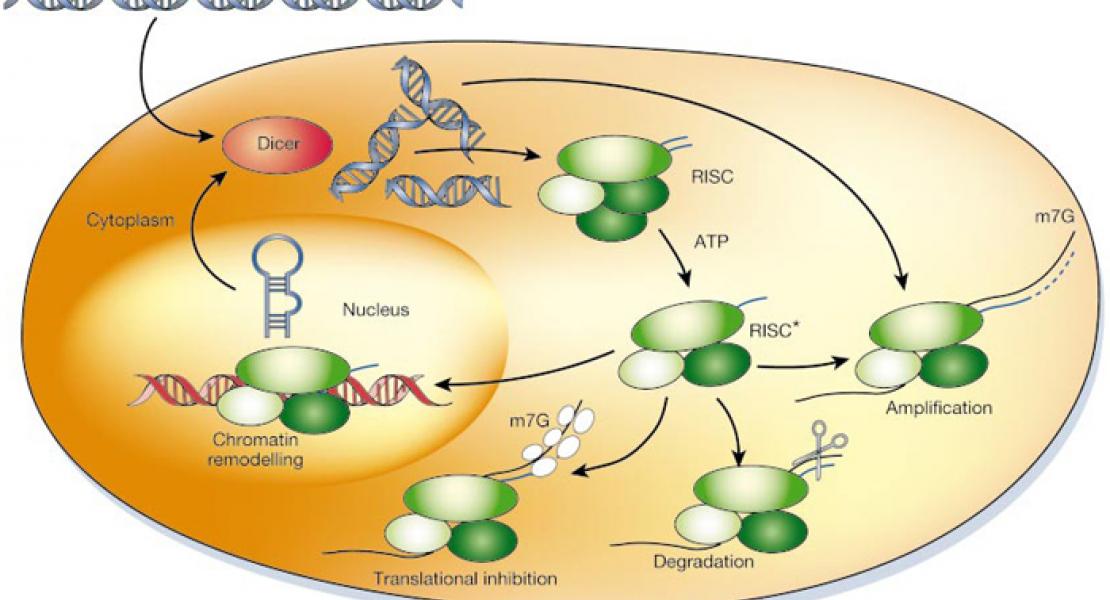Activating RNAs associate with Mediator to enhance chromatin architecture and transcription

Abstract
Recent advances in genomic research have revealed the existence of a large number of transcripts devoid of protein-coding potential in multiple organisms1,2,3,4,5,6,7,8. Although the functional role for long non-coding RNAs (lncRNAs) has been best defined in epigenetic phenomena such as X-chromosome inactivation and imprinting, different classes of lncRNAs may have varied biological functions8,9,10,11,12,13. We and others have identified a class of lncRNAs, termed ncRNA-activating (ncRNA-a), that function to activate their neighbouring genes using a cis-mediated mechanism5,14,15,16. To define the precise mode by which such enhancer-like RNAs function, we depleted factors with known roles in transcriptional activation and assessed their role in RNA-dependent activation. Here we report that depletion of the components of the co-activator complex, Mediator, specifically and potently diminished the ncRNA-induced activation of transcription in a heterologous reporter assay using human HEK293 cells. In vivo, Mediator is recruited to ncRNA-a target genes and regulates their expression. We show that ncRNA-a interact with Mediator to regulate its chromatin localization and kinase activity towards histone H3 serine 10. The Mediator complex harbouring disease-17,18 displays diminished ability to associate with activating ncRNAs. Chromosome conformation capture confirmed the presence of DNA looping between the ncRNA-a loci and its targets. Importantly, depletion of Mediator subunits or ncRNA-a reduced the chromatin looping between the two loci. Our results identify the human Mediator complex as the transducer of activating ncRNAs and highlight the importance of Mediator and activating ncRNA association in human disease.
